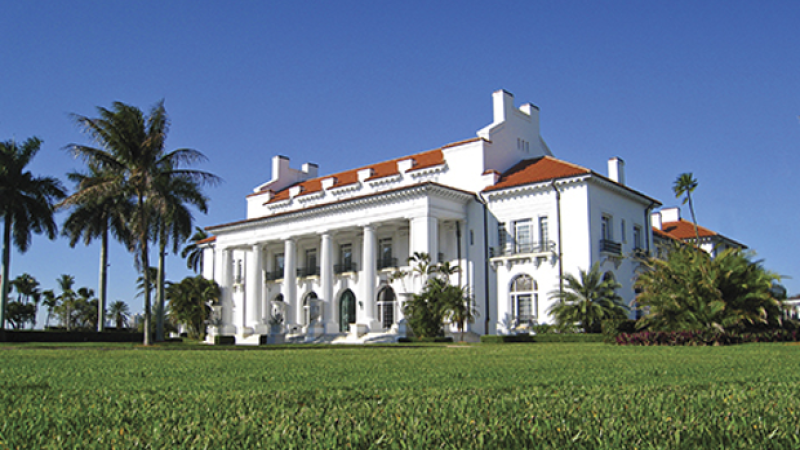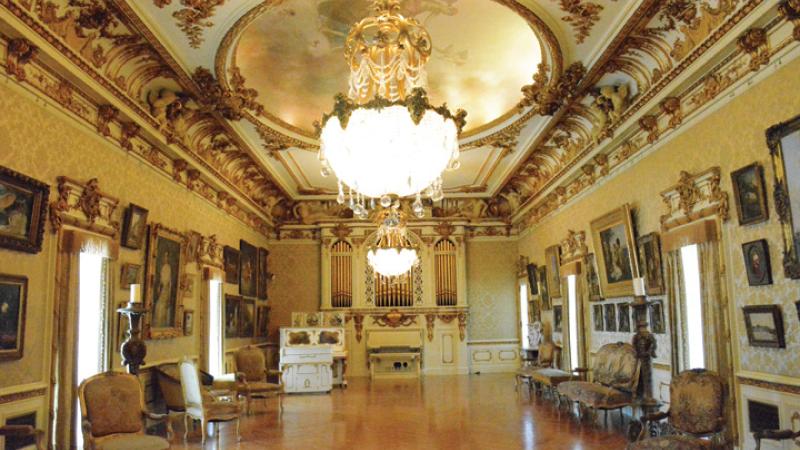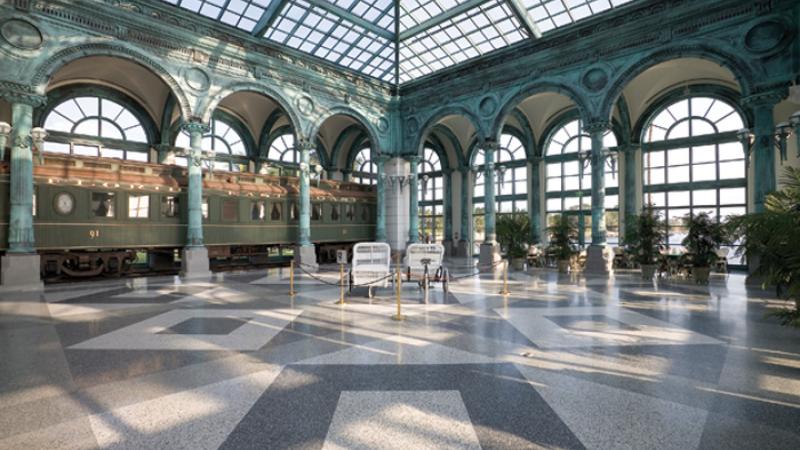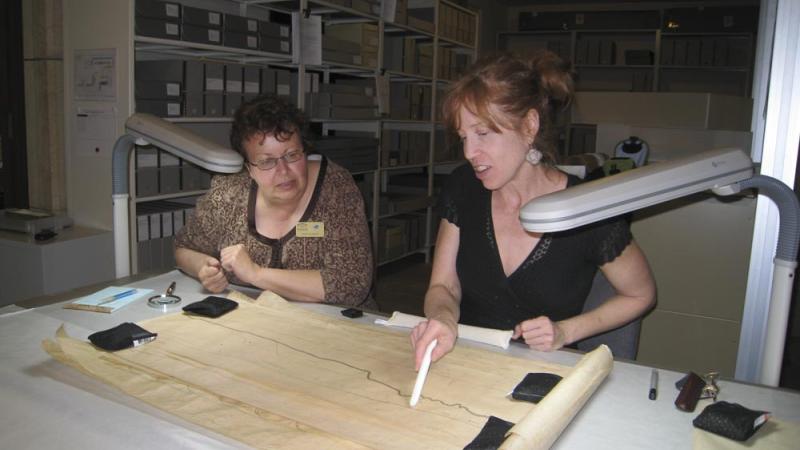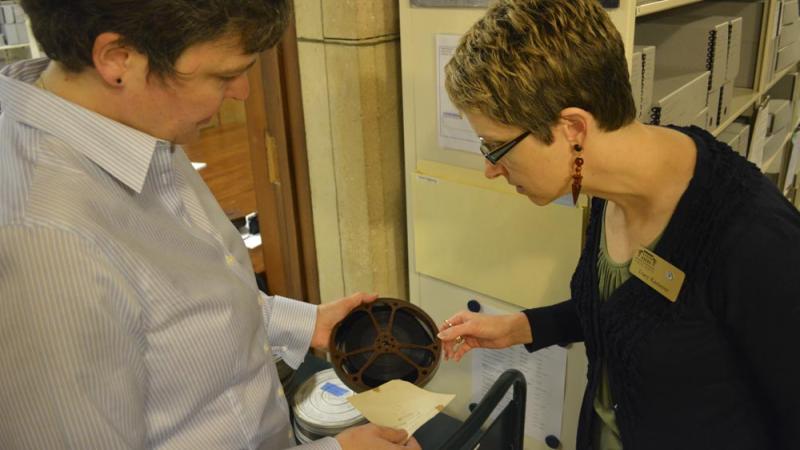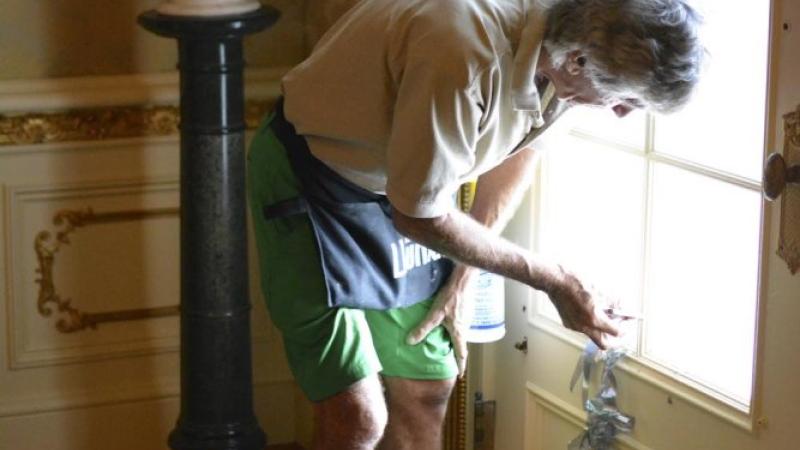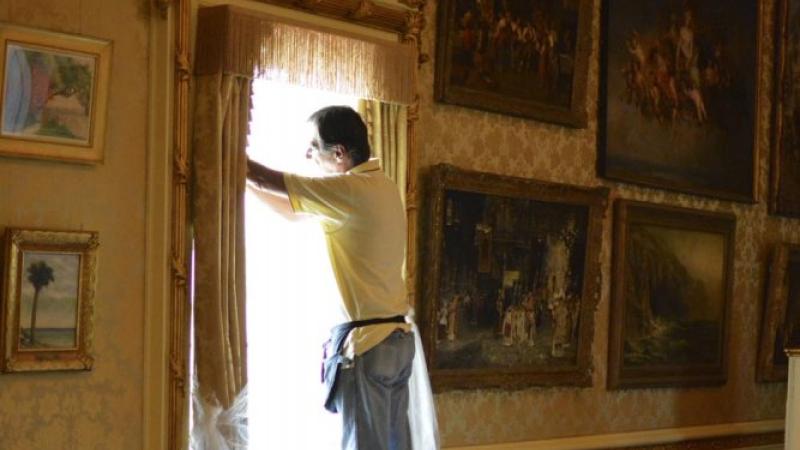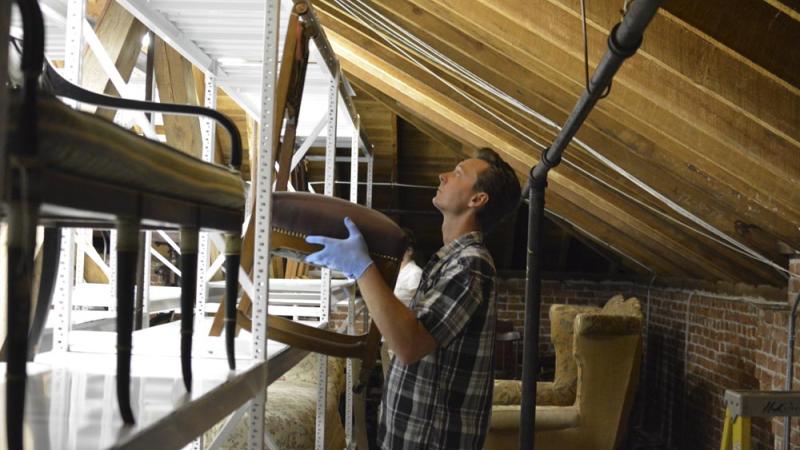50 States of Preservation: The Henry Morrison Flagler Museum in Palm Beach, Florida
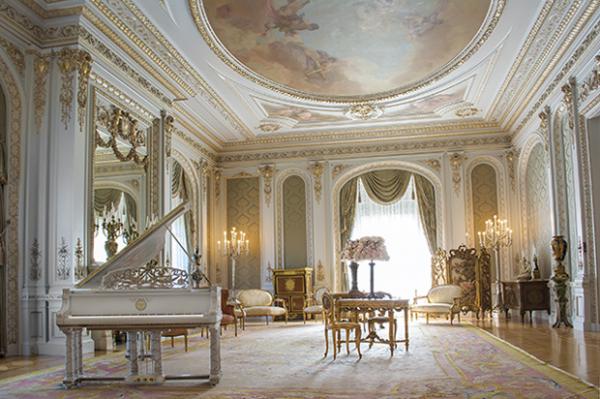
Whitehall, Henry and Mary Lily Flagler’s winter estate, was designed by the architects John Carrère and Thomas Hastings, who trained at the École des Beaux-Arts. Its interiors were created by the highly-acclaimed New York firm of Pottier and Stymus. In 1902 the New York Herald proclaimed Whitehall to be “more wonderful than any palace in Europe, grander and more magnificent than any other private dwelling in the world.”
Courtesy of Flagler Museum.

Whitehall, Henry and Mary Lily Flagler’s winter estate, was designed by the architects John Carrère and Thomas Hastings, who trained at the École des Beaux-Arts. Its interiors were created by the highly-acclaimed New York firm of Pottier and Stymus. In 1902 the New York Herald proclaimed Whitehall to be “more wonderful than any palace in Europe, grander and more magnificent than any other private dwelling in the world.”
Courtesy of Flagler Museum.
This feature is part of a series we call “50 States of Preservation,” in which we are touring small and mid-sized museums, libraries, historical societies, and other repositories across the country to show how they are helping to preserve the nation’s cultural heritage. Read other entries in the series here.
Who was the man who “invented modern Florida?” Henry Morrison Flagler (1830-1913), a founding partner of Standard Oil, developed two million acres of land, linked the east coast of Florida by rail, built a series of luxury hotels, and is credited with “putting Miami on the map” as well as developing Palm Beach into one of America’s first destination resorts. He also commissioned Whitehall, an opulent winter retreat in Palm Beach that was a wedding present for his wife and is now the Flagler Museum. With NEH support, the museum preserves and showcases this monument to Gilded Age capitalism, wealth, and industry, and the evolution of Florida’s history and economy. More than 100,000 people tour the museum and attend programs each year, including thousands of students on free school tours.
“The Flagler Museum has benefited enormously from the five Preservation Assistance Grant awards received from the National Endowment for the Humanities since 2010,” says Tracy Kamerer, Chief Curator at the Flagler Museum. “In addition to advancing the Museum’s long-term conservation plan by stabilizing collections and improving storage conditions, staff training supported by the NEH has made it possible to treat and publicly display historically significant materials for the first time.”
Architects John Carrère and Thomas Hastings designed the 100,000-square foot, 75-room estate in historic styles with references to Greek Muses, arts, and literature, and the design firm Pottier and Stymus decorated Whitehall with furnishings, textiles, and art referring back to the revered cultures of Ancient Greece, Rome, and Renaissance Italy. Upon its completion in 1902, the New York Heralddescribed the house as “more wonderful than any place in Europe, grander and more magnificent than any other private dwelling in the world.” Today, the Flagler Museum houses more than 13,000 pieces of furniture, textiles, glass, china, silver, paintings, and sculptures. Furthermore, the Henry Flagler Harris Research Library and the Museum’s Archives contain hundreds of thousands of books, photographs, films, records, and personal papers documenting Henry Flagler’s life and businesses, as well as the histories of Florida, Palm Beach County, and America’s Gilded Age.
With support from the NEH’s Division of Preservation and Access, the Flagler Museum purchased shelving racks for its collection of historic furniture including chairs, tables, chests, and desks. It also replaced film on Whitehall’s grand first floor windows necessary to prevent the harsh South Florida sunlight from damaging furniture and other collection items in the Grand Hall, Library, and other historic rooms. NEH-funded storage improvements in the museum’s film archives, which date from 1910 and include footage of Henry Morrison Flagler’s hotels including the 1,150-room Hotel Poinciana, the devastating hurricane that hit Palm Beach in 1928, and life in both Florida and Cuba between 1926 and 1952. NEH grants to the museum have also funded preservation assessments and conservation training for staff charged with preserving the collection of photographic negatives, videos, and films, as well as thousands of drawings, charts, and records documenting the Over-Sea Railroad, which linked Miami and the Florida Keys and was hailed alternatively as “Flagler’s Folly” and the “Eighth Wonder of the World.”
In every state, NEH supports organizations that preserve humanities collections. Preservation Assistance Grants for Smaller Institutions (PAGs) fund projects that help safeguard photographs, letters, documents, prints, moving images, sound recordings, maps, drawings, artworks, textiles, furniture, and artifacts, making them available for future generations. These collections help researchers, educators, and members of the public better understand the complex stories of the various cities, towns, and tribal groups that make up our nation. Since 2000, NEH has made nearly 2,000 Preservation Assistance Grants to small and mid-sized organizations to preserve and care for their humanities collections. In all 50 states, the District of Columbia, and Puerto Rico and the Virgin Islands, PAG awards have funded preservation assessments, purchase of shelving, environmental monitoring equipment, and preservation supplies, and training for staff. Organizations in all states and U.S. territories are eligible to apply, and the program encourages applications from those new to NEH. The next application deadline Preservation Assistance Grants for Smaller Institutions is May 2, 2017. If you have any questions about this grant program, please contact us at @email or 202-606-8570.
